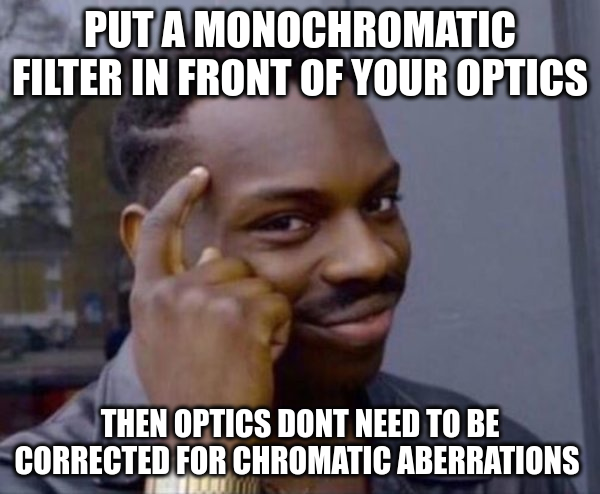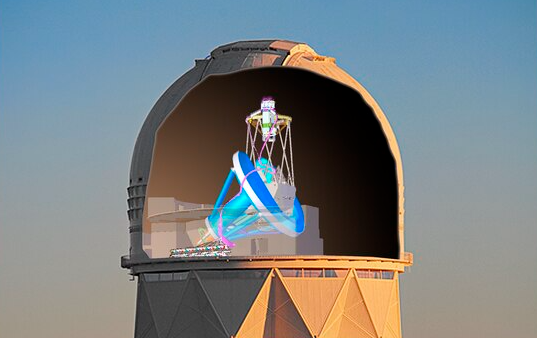1
3
4
5
35
BepiColombo's fifth flyby of Mercury reveals planet's surface in mid-infrared light - NASASpaceFlight.com
(www.nasaspaceflight.com)
6
7
8
9
11
12
13
20
Rapid colonization of a space-returned Ryugu sample by terrestrial microorganisms
(onlinelibrary.wiley.com)
14
15
16
25
New study provides explanation behind origins of Martian moons Phobos and Deimos - NASASpaceFlight.com
(www.nasaspaceflight.com)
17
100
Check Out the Highest-Resolution Images Ever Captured of the Sun's Entire Surface
(www.smithsonianmag.com)
18
19
20
21
22
23
24
25
view more: next ›



